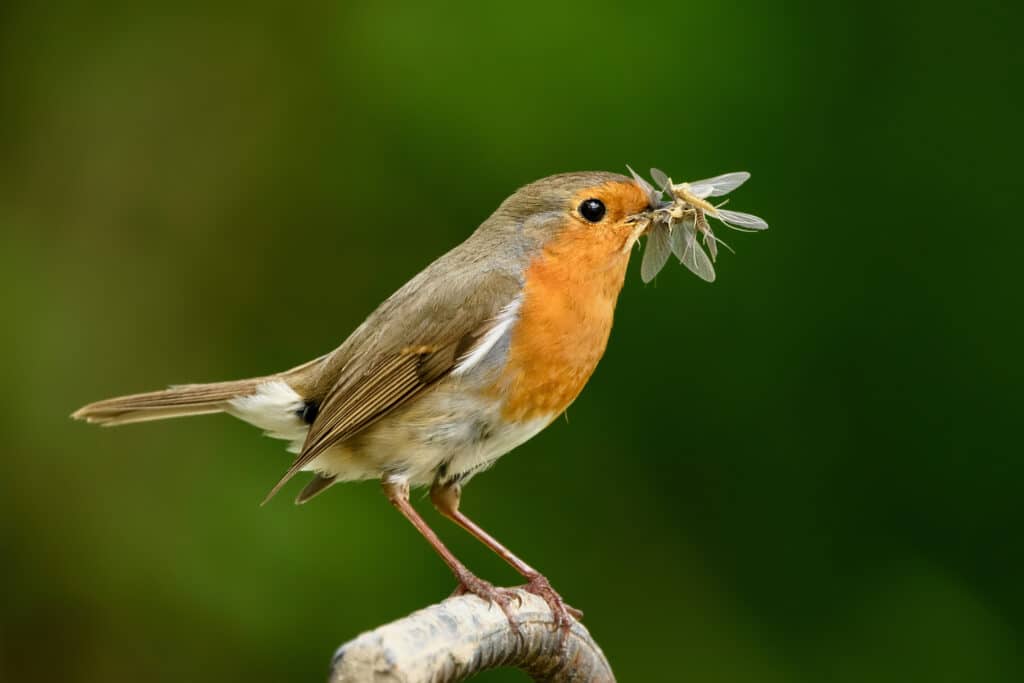The insect you see above is a rove beetle. They live all around us—in fact, there are about 63,000 species of rove beetles in the world—yet you’ve probably never heard of them. They diligently go about their work mostly unnoticed and definitely unheralded, yet they’re nearly indispensable. Without them—and other insects—our planet would be a very different place. According to scientists, probably one without other wildlife—or humans! So, yes, insects rule! Here’s why:
Insects are pollinators
Insects are vital as pollinators: ninety percent of plants rely on them for reproduction. Honeybees alone account for 80 percent of all pollination in the United States, contribute $20 billion to the U.S. economy every year, and along with other pollinators, $217 billion to the global economy. Other essential pollinators are solitary bees, bumblebees, flies, butterflies, moths, ants, and certain beetles and wasps.
Worldwide, insects pollinate 1,200 crops, including 87 of the 115 leading food crops. Some plants rely on a single species—just one—for pollination. Insects contribute indirectly, too, by pollinating crops that feed beef, poultry, and other livestock, from which we get milk, eggs, and meat. And, of course, insects pollinate the flowering plants we so enjoy for their beauty.
Insects are food
Insects are a main source of food for birds. Even those that primarily eat seeds and fruits raise their young on insects. Opossums, raccoons, squirrels and other rodents, skunks, bats, foxes, bears, and numerous other mammals include insects in their diet. Snakes, turtles, toads, and fish eat them, too. In some cultures, insects are food for humans.
Insects are predators of pests
Some insects eat other insects. We can credit rove beetles, wasps, ground and ladybird beetles, lacewings, robber flies, and numerous other carnivorous insects for helping to keep pests like aphids and caterpillars under control. Predatorial species are sometimes intentionally released into areas as a natural way to contain out-of-control pest populations.
Even those insects we consider pests are beneficial. They fertilize the soil with their droppings. They aerate the soil and fold nutrients into it with their movements and burrowing, and their tunnels are channels for water. Many are decomposers of garbage, carrion, and other dead matter.
Insects produce products
Insects produce materials. Honeybees bring us honey as well as beeswax, which is used for ointments, polishes, candles, and cosmetics. Silk comes from silkworms, which are moth caterpillars. For centuries, certain dyes were made from insects, and in some cultures today, they still are. Insects have benefited medicine, too. Antibacterials, analgesics, anticoagulants, diuretics, and antirheumatics have been derived from them.
Insects are eye candy
Less important, but wonderful anyway, is their eye appeal. Think of the lovely colors and patterns on a butterfly’s wings, the striking appearance of dragonflies, and ladybugs are, well, cute as a bug!
More reading:
All about termites and the vital role they play
Tips for identifying insects, spiders
Deciphering scientific classification
Get help identifying insects in your yard







